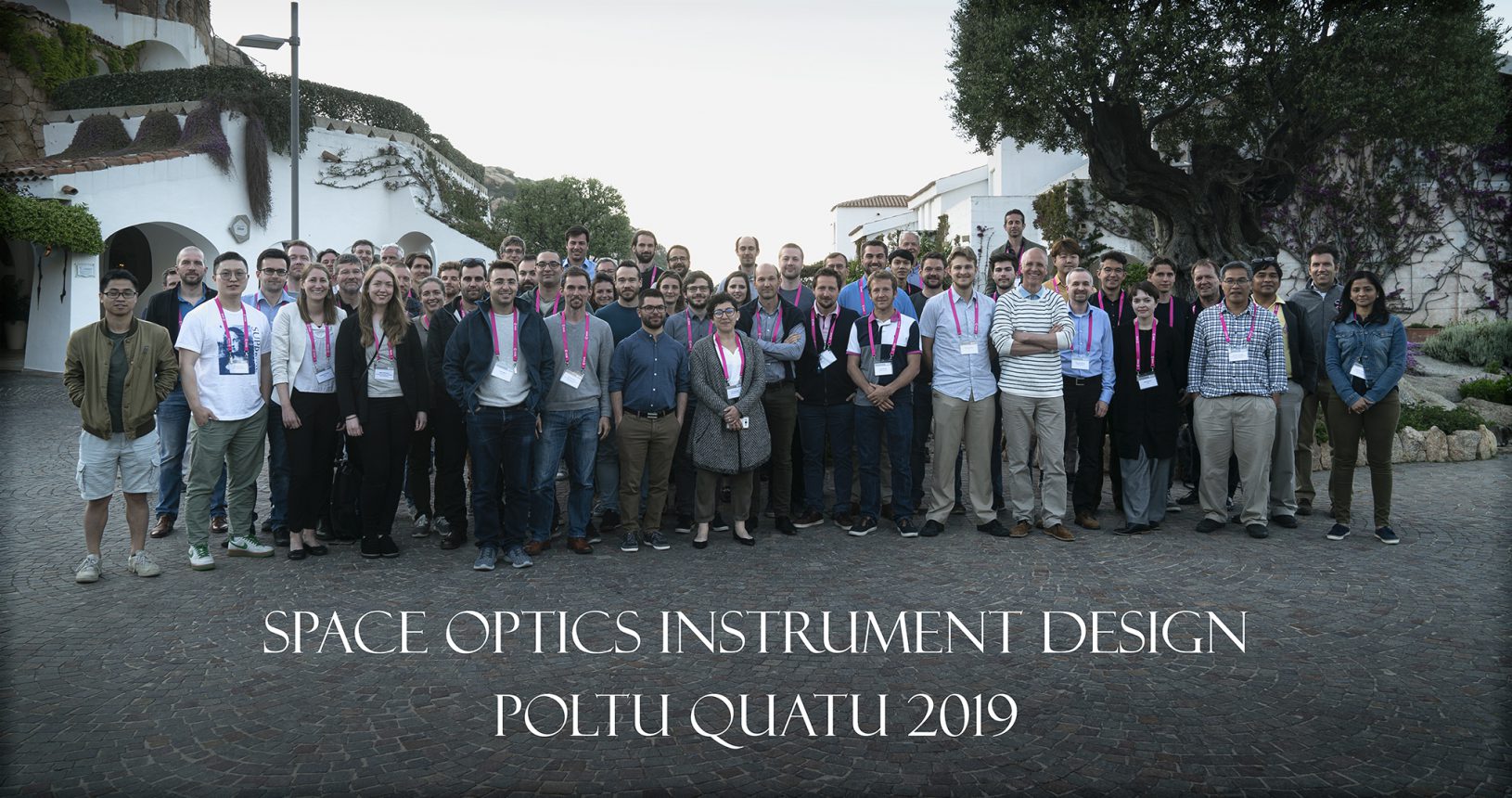
Optical engineering for Space is a highly specialized profession in need of trained and experienced people. Technology evolution and market dynamics requires to stay up to date with new methodologies for the designing, manufacturing, and commissioning high performance Space optical instruments.
Pushed by this need, the European Space Agency took in 2015 the initiative to organize a course for professionals operating in the sector of optical engineering for Space. Two types of courses are organized: one dedicated to space optics instrument design and the other space optics instrument technology. The two courses are organised alternatively, one per year. The course of 2019 is targeted to space optics instrument design.
The team of lectures consists of professionals with
a long standing experience in the sector. Their accessibility during the course, gives the participants a unique opportunity to deepen their knowledge with one-to-one meetings aside of the planned lectures.
The venue hosting students and lecturers gives plenty of opportunities to develop a professional network. Sharing problems and discussing solutions is the way to build a community of optical engineers for Space to make the Space sector growing as a whole.
The contracted venue is again the Grand Hotel Poltu Quatu, close to Olbia – Sardinia (Italy) http://www.poltu-quatu.com/en/index.php.
For registration to the course and all financial matters please follow the link:
The 2019 course will focus on the Space Optics Instrument Design process. All aspects and fields, important for the development of a successful payload will be addressed and its field interaction will be illustrated. This will help young engineers working as an optical-, mechanical-, thermal-, AIT-, PA-engineer or manager to broaden their view and to better understand the interaction of the different areas and the complexity of the optical payload development.
• Opening Lecture on CubeSat optical payloads – Luca Maresi (ESA)
• System Requirement Definition – Jose Lorenzo Alvarez (ESA)
• Introduction to Imaging Optical systems – Roland Geyl (REOSC)
• Spectrometer Design Solutions – Bernd Harnisch (SOIDT)
• Optical CAD Instrument Modelling and Analysis – Alessandra Croce (ZEMAX)
• Mechanical Engineering – Jean-Christophe Salvignol (ESA)
• Lens Mounting – Gregory Lousberg (AMOS)
• Instrument Thermal Design and Analysis – Ivar Kjelberg (CSEM)
• Optical Coating Design – Angela Piegari (ENEA)
• Straylight Analysis and Control – Volker Kirschner (ESA)
• Performance Verification – Maurice Te Plate (ESA)
• Calibration of UV/VIS hyper-spectral instruments for Earth Observation – Berit Ahlers (ESA)
• An experience in management of space projects – Peter Jensen (ESA)
• Hands-on activity – Building a Spectrometer – Volker Kirschner, Bernd Harnisch
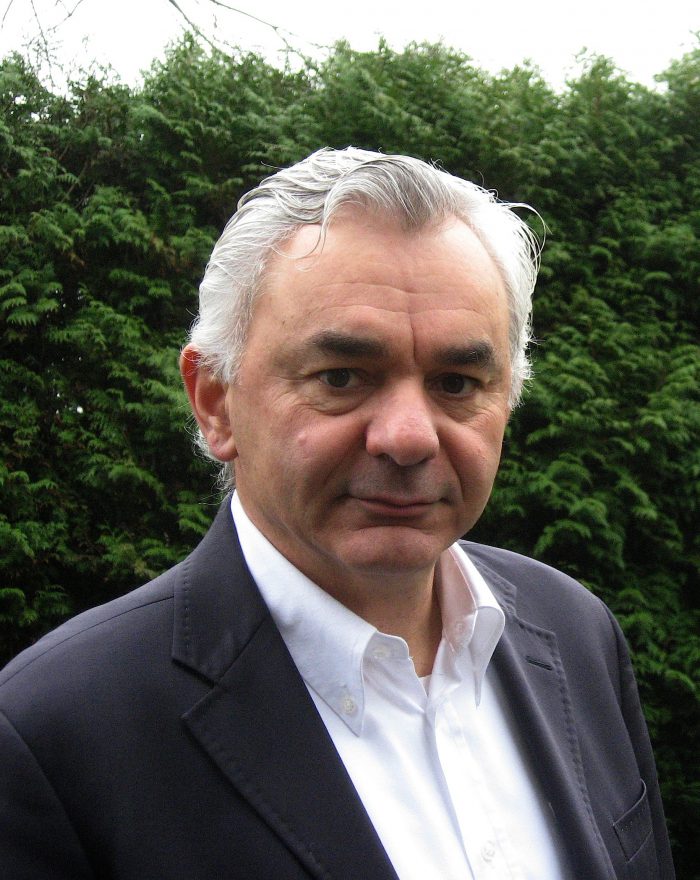
Position: Head of the Optics Section at ESA/ESTEC
Lecturing: Cubesat Optical Payloads
Luca Maresi has more than twenty years of experience as Optical System Engineer for Space systems at Leonardo (Italy), Terma (Denmark), and ESA. He has worked on a number of large projects, such as Cassini, Rosetta, and Sentinel 5 Precursor. He has also initiated and managed groundbreaking projects, such as the Star Tracker 15AS at Terma, the Proba-V payload, and the HyperScout. In October 2013 he was appointed as Head of the Optics Section. In 2016, together with Bernd Harnisch, he started the SOIDT.
cv
2013 – present: Head of the Optics Section – Mechanical Dept. at ESA/ESTEC
2006 – 2013 Senior Optical System Engineer – Optics Section at ESA/ESTEC
2001 – 2006 Systems Engineer – Directorate of Industrial Matter and Technology at ESA/ESTEC
1996 – 2001 Senior Optical System Engineer – Space Division at Terma A/S – Denmark
1990 – 1996 Optical System Engineer – Space and Optics Division at Leonardo (formerly Officine Galileo) – Italy
1989 – 1990 System Engineer at Field Data – Italy
1989 Laurea in Physics – University of Milan
Cubesat Optical Payloads
Cubesats are for Space as the IPod was for playing music: small, very quickly widely used, and of limited performance. As it happened for the iPod, which makes portable music easy and affordable to many, cubesats have made Space accessible to a very large community. Similarly to the iPod, cubesats have limited but ‘good enough’ performance. Many argue that cubesats are in reality ‘good for nothing’, and that the inherently limited volume will prevent any meaningful application, at least in the domain of Earth Remote Sensing. Physics and radiometric calculation show something different: an instrument with a low f-number and a pupil of just a few millimeters can perform measurements that are ‘good enough’ to retrieve a worth of information. What makes the success of a technology that is ‘good enough’ is the different type of use: portable and with the possibility to purchase songs on line, in the case of the iPod. What we may expect with cubesats is something similar: different type of access and use of remote sensing systems, where easy access to timely information may become a game changer. The lecture provides an overview of what is possible to achieve with optical payloads that fit the tight constraints of a cubesat. Perspective applications that may impact the use of remote sensing data are also discussed.
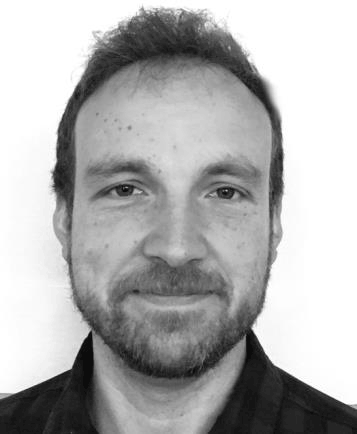
Position: ESA Euclid Mission Mission Performance and Operations Manager
Lecturing: Space Optical System Requirements Definition
Jose Lorenzo Alvarez is a systems engineer working at the European Space Agency Science Projects department. He was the Principal System Engineer and Instrument Manager for the Mid-Infrared Instrument (MIRI) in the James Webb Space Telescope. Currently, he is the Mission and Payload System Engineer for the Euclid Project.
cv
2018 – present ESA ESTEC PLATO Mission Performance and Operations Manager 2013 – 2018 ESA ESTEC, EUCLID Mission Systems Engineer
2010 – 2013 ESA ESTEC, JWST MIRI Instrument Manager
2006 – 2010 ESA ESTEC, JWST MIRI Systems Engineer
2003 – 2006 Brimrose Corporation of America – Optical Product Development Engineer
2001 – 2003 CIENA Corporation – Senior Passive Photonics Engineer
1999 – 2001 University of Maryland Photonic Switching and Integrated Optoelectronics Laboratory – Research Assistant
Education
2011 INCOSE Certified Systems Engineering Professional (CSEP)
1995-1999 MSc Telecommunications Engineering, Polytechnic University of Catalonia (Barcelona, Spain) – Optoelectronics Major
Space Optical System Requirements Definition
Early in the lifecycle of projects Systems Engineering processes focus on the analysis of stakeholders needs and the definition of adequate requirements for the subsequent design and development phases. The lecture aims to describe the requirements engineering process with a focus on the analysis of science and user needs in typical Space Optical Instrumentation applications and the derivation of key optical system design parameters. We try to cover examples and practices to derive the most common types of requirements: geometrical , image quality, spectral, calibration and characterization and radiometric. In addition we will describe tools and methods to support completeness, traceability, verification and validation.
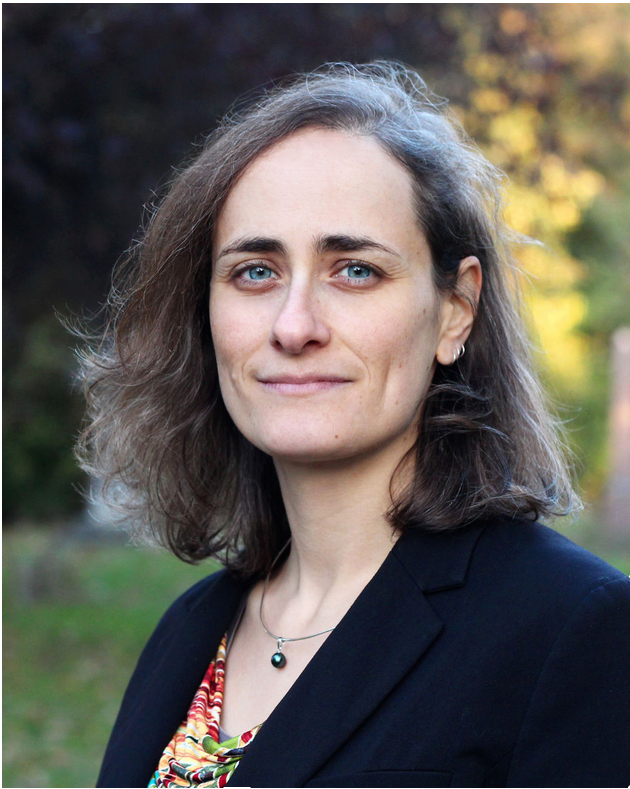
Position: Senior Optical Engineer, Zemax
Lecturing: Optical CAD Instrument Modelling and Analysis
Alessandra is a Senior Optical Engineer working at Zemax. Since she joined the company in 2015, she has focused on helping and guiding Zemax customers in the use of OpticStudio, delivering public and private training across multiple European locations, writing specifications and coordinating work for upcoming features, as well as researching new modelling capabilities in OpticStudio.
cv
2015 – today Optical Engineer, Zemax, UK
2013 – 2015 Test Engineer/Project Engineer, Davin Optronics, UK
2010 – 2012 MSc in Applied Physics with a major in Optics and Photonics, Université Pierre et Marie Curie, France
2005 – 2010 BSc in Physics, University of Palermo, Italy
Optical CAD Instrument Modelling and Analysis
This lecture will be a hands-on induction to Zemax OpticStudio optimization and tolerancing analysis features. After a short introduction to OpticStudio sequential mode, we will discuss optimization techniques and apply them to simple optical systems (singlet, doublet). We will then cover the basic of tolerancing theory and its implementation within OpticStudio. Finally we will present desensitization techniques and an inverse tolerancing example.
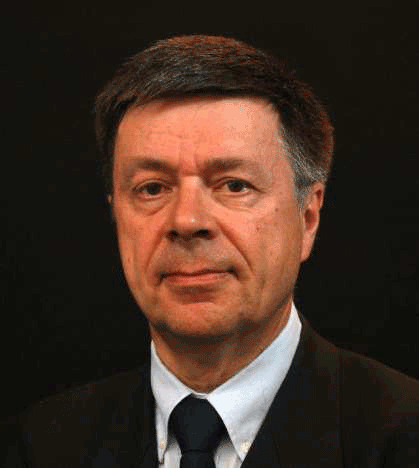
>
Position: Business development, REOSC
Lecturing: Introduction to Imaging Optical systems
Roland GEYL is an Optical Engineer graduated from Paris Orsay Institute of Optics Maurice working at Reosc, SAFRAN Group in France. During more than three decades he contributed to most of the space projects at REOSC either as lens designer, manufacturing and testing engineer, program manager, sales manager and plant director. Today he focuses on business development. His main task is to explore new business opportunities for REOSC and act as expert in lens design, manufacturing and testing. Current research is on free-form optics for astronomy and space.
cv
2013 – today Reosc, France, Business development
1999 – 2012 Sagem-Reosc, France, Sales Manager & Safran Emeritus Expert in High performance optics
1981 – 1998 Reosc, France, Lens design & Engineering / Optical manufacturing & Testing/ Program management / Division Manager )
1976 – 1979 Study at Ecole Superieure d’Optique (Major of promotion)
1982 – 2002 lecturer of Lens Design course at the Ecole Supérieure d’Optique, Paris-Orsay
Introduction to Imaging Optical systems
The subject of this course module is to review the basics of imaging optical systems and the key few things to know in order to make more efficient use of lens design software tools for space optical instrumentation: the paraxial domain, the chromatic effects , third order aberrations, telescope systems, review of optical designs used in space imagers, freeform optics. The goal is to help the student to determine a sound starting point for maximizing success of the subsequent optimization work. Illustration will be done by short exercises.
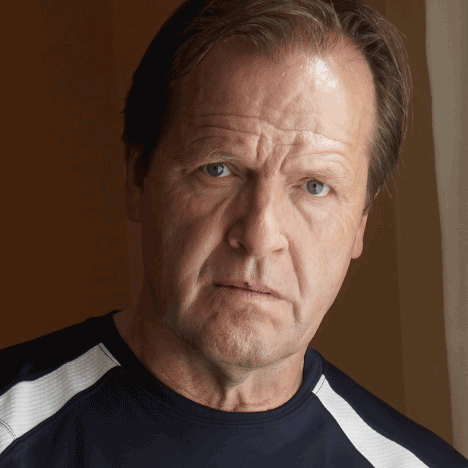
>
Position: SOIDT course academic programme manager
Lecturing: Spectrometer, Hands-on application
worked 23 years at the European Space Agency in the Optics section as optical engineer. During his career he was responsible for technology developments on telescopes, spectrometers and lightweight ceramic mirror materials. Further on he was supporting the following optical flight instruments: GOMOS on ENVISAT, MSG, GERB on MSG, NIRSpec for JWST, MIRI for JWST and SEOSAT.
cv
1992 – 2015 ESTEC, optical engineer in the Optics section
1997 – 1992 Scientific Assistant in at Friedrich-Schiller University Jena
1985 – 1987 Academy of Sciences Jena
1981 – 1985 PhD in Holographic Interferometry at Friedrich-Schiller University Jena
1976 – 1981 study of Physics at Friedrich-Schiller University Jena
Spectrometer Design
In this lecture the design of optical spectrometer is explained. The general spectrometer set-up and the the basic formulaes for the diffraction grating and the refraction prism will be recalled. Typical spectrometer configurations will be discussed and their advantages will be highlighted. The manufacturing process for gratings will be addressed. In an example the first order design process of an spectrometer will be shown: starting from the spectrometer requirements the grating line density and the focal lengths of the Spectrometer Collimator and Imager will be deduced.
Hands-on Activity
In the hands-on activity the participants will develop a spectrometer. Starting from a set of requirements they will perform the optical and opto-mechanical design, they will manufacture and integrate the spectrometer, verify the achieved performances and give a short presentation of the achieved results.
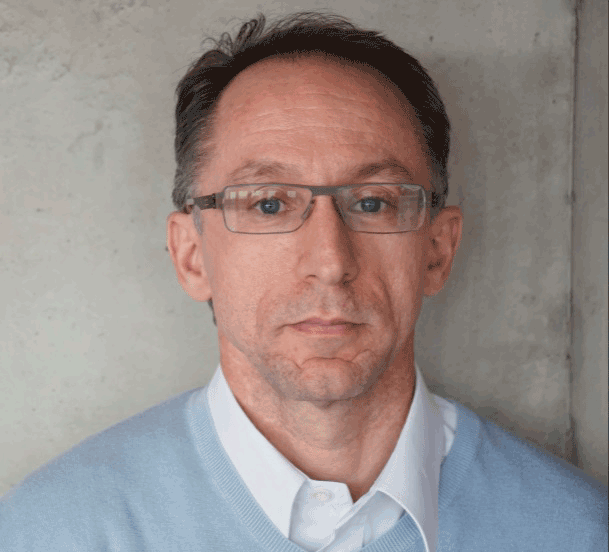
>
Position: ESA Euclid Mission & Payload Manager
Lecturing: Mechanical Engineering
Jean-Christophe Salvignol is the Euclid Payload and Mission Manager working at the European Space Agency. He leads a team in charge of the procurement of the Payload Module (industrial contract) including two large instruments, the VIS and the NISP (nationally funded). He and his team are also responsible for the overall mission performances of the space and ground segments.
cv
2012 – present ESA, Euclid Mission & Payload Manager
2004 – 2012 ESA, JWST NIRSpec and MIRI Mechanical Engineer
2001 – 2004 ESA, Rosetta Mechanical Engineer
1992 – 2001 ATOS-NL Consultant in structural design and analysis for space programs
1986 – 1991 Engineering degree at Institute National des Sciences Appliquées
Mechanical Engineering
Designing an optical instrument or a telescope is a system job that requires solid theoretical knowledge of optics but not only! A good understanding of materials, structure, thermal, manufacturing, cleanliness, AIT is mandatory to meet the required performances that are everyday more challenging. This course will aim at giving some basic knowledge about structural design & verification and (a bit) of materials. It won’t be sufficient to become a knowledgeable mechanical engineer but should at least allow the optical designer to understand the risks and potential issues and to discuss with mechanical experts when needed.
This lecture will address in particular:
– Basics of mechanics
– Mechanisms
– Threats to the image quality
– Materials
– Mounting Solutions
– Verification

Position: Optical & System Engineer, AMOS
Lecturing: Lens Mounting
Gregory Lousberg is a system engineer working at Advanced Mechanical and Optical Systems (AMOS), Liege, Belgium. He is involved in space optical instrumentation as well as in ground-based optical telescopes. He ensures that the performances of the systems comply with the requirements, both at design and AIT campaign levels.
cv
2010 – today AMOS, Optical & System Engineer
2006 – 2010 PhD in Superconductivity, University of Liege
2000 – 2016 Master in physical engineering, University of Liege and Swiss Polytechnic School of Lausanne (EPFL)
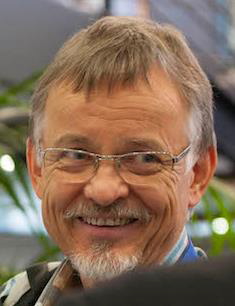
Position: Head of Section System Division, CSEM
Lecturing: Instrument Thermal Design and Analysis
Ivar KJELBERG is Norwegian and Engineer in Physics, from EPF in Lausanne (CH) with a Ph.D. thesis on Ion Temperature Laser Metrology of a Tokamak Plasma. He joined the Optical Systems section of CSEM SA, a Swiss RTO, in 1988, then developing opto-mechatronics inter-satellite laser-link components. Today, as Senior Expert at the Systems Division, his activities are mainly focused on simulations with COMSOL Multiphysics®of opto-mechanical and AO systems. Linking MEMS and fine mechanics to optical components in their true multi-physics environment.
cv
1988 – today CSEM SA, Neuchâtel, Senior Expert in the Systems Division
1987 – 1988 Post Doc at the “Norwegian Defence Research Establishment” at Kjeller, Norway
1979 – 1986 PhD from the “Centre de Physique des Plasmas” of the EPFL, Switzerland
1974 – 1979 Physics study at “École Polytechnique Fédérale de Lausanne
1955 Born in Baerum, Norway.
Instrument Thermal Design and Analysis
Designing optical instruments, for space as well as ground applications, requires careful optimisation, at systems level, between the desired optical performances, and the mechanical stability and the coupled thermo-mechanical effects, but not limited to thermal expansion coefficients. Today most optical systems also comprises AO subsystems (Adaptive and/or Active Optics items) that again are sources of thermal loads, and induced stress and vibrations that further influences the ultimate optical performances.
For space instruments, vacuum, Sun radiation and even the Earth Albedo, depending on orbit, will influence the thermal behaviour of the instrument, often differently than on Earth and during performance tests.
Thermal aspects enter the Optical System design at many levels, hence the thermal performance optimisation require a constant and bidirectional interaction between the optical, the mechanical and the electrical engineers during the concept development, validation and testing phases.
This course chapter aims to review different coupled interactions of thermal behaviour on the optics, on the structure and on/from the related active and passive parts. Interactions via the respective material properties and choices, their design, assembly and dimensioning thereof, including approaches to minimise the thermal sensitivity of your optical system design will be presented.
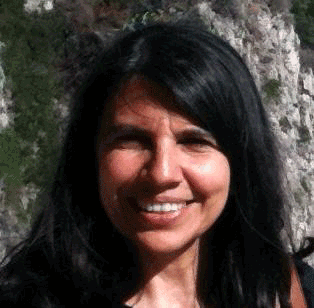
>
Position: Research Director, ENEA
Lecturing: Optical Coating Design
She has been working for more than 30 years in the field of optical thin films and coatings at ENEA (Italian National Agency for New Technologies, Energy and the Sustainable Development) where she has been in charge of the Optical Coatings Laboratory. She collaborates with many European Institutes, including ESA, as well as with International Organizations. She is member of various technical committees and in 2013 has been appointed as President of the “Italian Society of Optics and Photonics”, national branch of the European Optical Society. She recently edited a book on “Optical Thin Films and Coatings” (Elsevier 2018) and is acting as co-director of the biannual International School of Space Optics-ISSO.
cv
2010 – today Research Director at ENEA
1994 – 2015 Responsible for the Optical Coatings Laboratory at ENEA
1977 – 1994 Researcher in the field of Optical Coatings
1977 Physics degree with honors
Optical Coating Design
Optical coatings are widely used in space instrumentation and in some cases they represent even the most critical elements of the instrument. A large class of coatings is based on interference phenomena that take place in layered structures; nevertheless the behavior of several coatings is essentially due to the materials properties. The selection of materials and the design of the coating structure will be described, depending on both the required performance and the operational wavelengths. Many types of coatings will be analyzed: high-reflectance mirrors, antireflection coatings, narrow-band filters, blocking filters, beam splitters, etc., highlighting the critical aspects. The effect of the angle of incidence and polarization, as well as the influence of the environment conditions will be discussed. Examples of application in space instruments will be also shown.
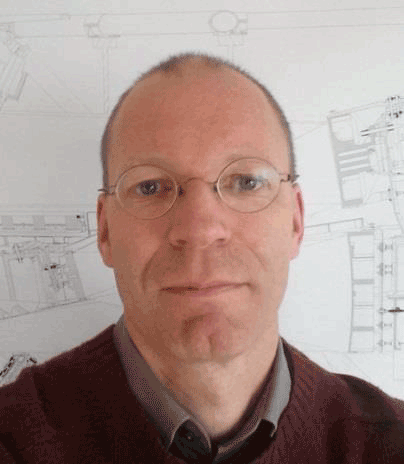
>
Position: Optical Instrument Engineer, ESA
Lecturing: Straylight Analysis and Control, Hands-on Activity
Volker Kirschner is Optical Instrument Engineer at the European Space Agency. In his position in the TEC Directorate he supports projects regarding optical design, straylight, manufacturing of optics and testing. His experience is based on his support to MERIS, Herschel, Planck, Sentinel-2 and Sentinel-5.
2001 – today Optical Instrument Engineer at the European Space Agency, Noordwijk
1998 – 2001 Optical Engineer at Dutch Applied Research Organisation TNO, Delft
1997 – 1998 Young Graduate Trainee at the European Space Agency, Noordwijk
1996 – 1997 Research Assistant at Fraunhofer Institute for Applied Optics and Precision Mechanics, Jena
1989 – 1996 Study of Physics at Friedrich-Schiller University Jena
Straylight Analysis and Control
The control of straylight is a driving aspect in modern optical instruments. The lecture will address the basic approaches how to suppress straylight in optical systems. The different types of straylight based on the originating concept will be explained. Guidelines for optical designs robust against straylight will be given and the principles of analysing the level straylight of an instrument will be illustrated. Finally, some examples of typical straylight performances of frequently used optical elements will be presented.
Hands-on Activity
In the hands-on activity the participants will develop a spectrometer. Starting from a set of requirements they will perform the optical and opto-mechanical design, they will manufacture and integrate the spectrometer, verify the achieved performances and give a short presentation of the achieved results.
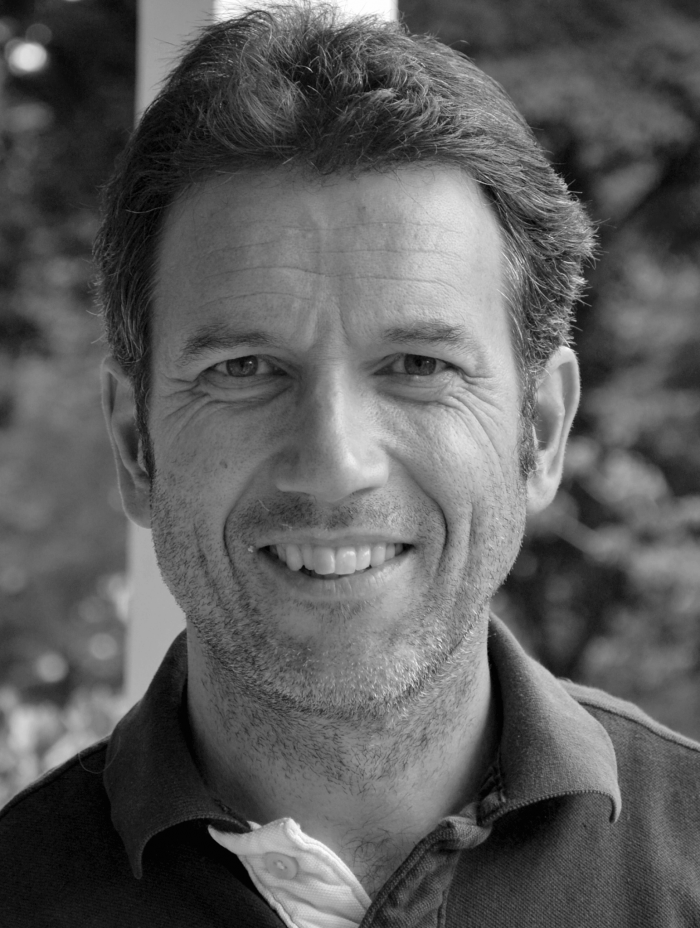
>
Position : ESA NIRSpec Systems Engineer for the James Webb Space Telescope, NASA Goddard
Lecturing : Performance Verification
Maurice te Plate is a systems engineer working at the European Space Agency. He is currently holding the position of NIRSpec Systems Engineer for JWST. He is based at Goddard Space Flight Center in Greenbelt, Maryland and also has an office at the Space Telescope Science Institute in Baltimore. His main fields of technical expertise are physics and optics.
cv
2017 – today NASA Goddard and ESA STScI, ESA NIRSpec Systems Engineer
2012 – 2017 NASA Goddard, ESA JWST System Integration and Test Manager
2003 – 2012 ESA-ESTEC, ESA JWST Optical System Engineer
2001 – 2002 ESA-ESTEC, Optical Engineer in the Optics section
1995 – 2001 TNO Institute of Applied Physics, Optical Engineer/Designer
1994 Abbott Laboratories USA, Optical Consultant
1988 – 1993 Master’s Degree in Applied Physics at Technical University of Twente
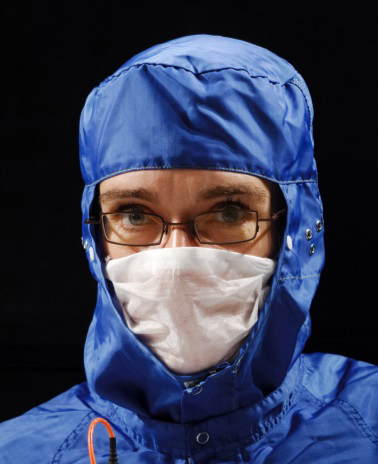
>
Position: Optical instrument calibration engineer, ESA
Lecturing: Calibration of UV/VIS hyper-spectral instruments for Earth Observation
Berit Ahlers is an optical calibration engineer working at the European Space Agency. Currently, she is supporting several Sentinel projects within the Copernicus programme. Her main task is to support UV-VIS-NIR hyperspectral optical instrument projects in view of L1b data performance from the point of calibration. Background GOME-2, Sciamachy, NirSpec, ExoMars, S4, S5, S5p.
cv
2010 – today optical instrument calibration engineer. ESA / ESTEC
1999 – 2010 Research employee in the space section at TNO institute for applied physics, Delft, The Netherlands
1998 Engineer for SCIAMACHY EGSE operation at Dornier Satellitensysteme, Germany
1997 – 1998 Dipl.-Ing. Final thesis in the field of spectro-radiometry, remote sensing at the research centre FZ Jülich, Germany
1995 – 1996 Satellite data processing at MRJ/GTAC Tucson, USA
Optical Instrument Calibration
For sensitive hyper-spectral spectrometers for Earth atmospheric observations from space the performance at level 1b (and subsequently at level 2) is a delicate balance between instrument performance/ design at level 0, calibration and data processing to convert the L0 data into geophysically calibrated L1b data. For each parameter the performance at L1b needs to be optimisedby imposing more or less effort on each of the above three areas (instrument performance at L0, calibration and data processing) in order to obtain the best final results at L1b, that is compliant with the instrument L1b requirements at beginning of life and end of life. In this optimisation the instrument performance at level 1b, accuracy budgets and programmatic aspects have to be considered. Lessons learnt from hyper-spectral instruments such as GOME(-2), Sciamachy and OMI point out the importance of early identification of the calibration processing needs and the links between instrument performance, calibration and L0 to 1b data processing: ‘For future programs it is recommended to identify the calibration processing needs early in the program.’ and ‘Of paramountimportance is that at the start of a program, scientists, calibration staff, instrument operations staff and system and software developers closely work together to identify the measurement types, the frequency of scheduling, the required corrections steps that are applied and data products’. The on-ground measurement activities on the flight instrument are separated into a performance verification programme, followed by a calibration programme. The performance verification programme verifies the instrument performance at L0 for all applicable instrument performance requirements, i.e. the instrument is built as designed. Once compliance to these L0 performance requirements has been demonstrated the instrument is calibrated in an extensive on-ground calibration programme in order to obtain all instrument calibration key parameters that are required for the L0 to L1b data processing. The calibration key parameters that are required for L0 to L1b data processing and their accuracies are determined by the interface between the calibration (and the Calibration Plan) and the L0 to L1b data processing software Algorithm Theoretical Baseline Document. Once the extent of the on-ground performance verification and calibration programmes and measurements has become clear from the L1b error budgets and their partitioning between instrument performance at L0, calibration and L0 to L1b data processing has been performed, the on-ground performance verification and calibration plans can be detailed further, specifying which parameters need to be verified/ calibrated, with which accuracies and how this will be measured. Via this process the Optical-, Mechanical- and Electrical Ground Support Equipment and their requirements are specified, along with their accuracies, commissioning needs and commissioning accuracies, etc. These will also influence the requirements for a calibration facility. Throughout the processes described above it is important to maintain a proper system overview, covering all relevant aspects, from instrument performance via calibration to L0 to L1b data processing and how to operate the instrument.
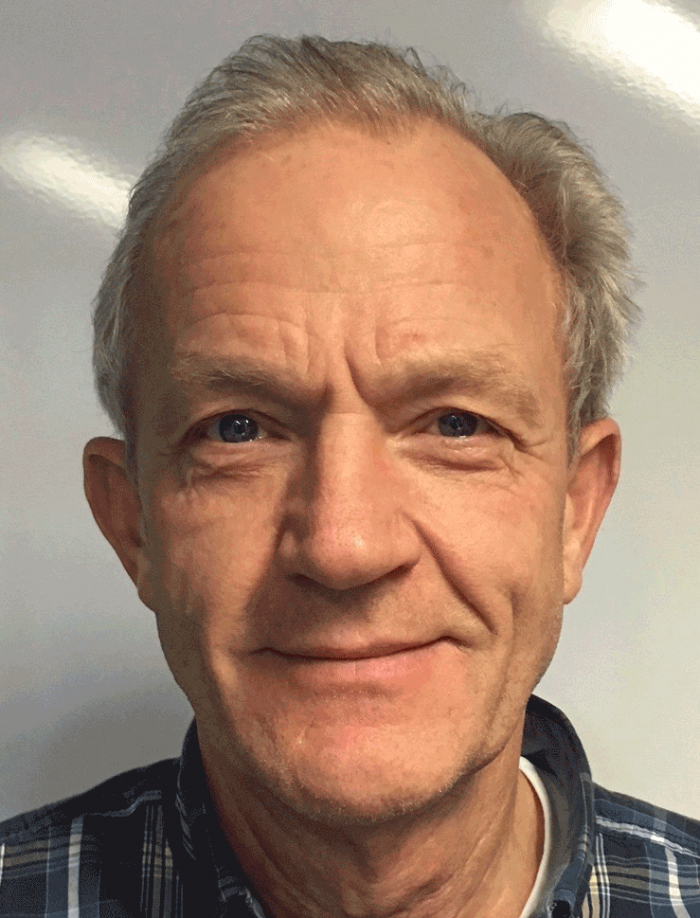
>
Position: James Webb Space Telescope Project Manager, ESA
Lecturing: An experience in management of space projects
cv
2002 – today James Webb Space Telescope Study Manager -> Project Manager, ESA – ESTEC
1995 – 02 Integral System Engineer -> System Engineering Manager, ESA – ESTEC
1990 – 95 SOHO Payload Engineer, ESA – ESTEC
1986 – 90: Study manager, Future Science Project Studies, ESA – ESTEC
1982 – 86: Space Instrument design engineer, Danish Space Research Institute
1982 Master Degree in Mechanical-Optical Engineering at Aalborg University, Denmark
An experience in management of space projects
The lecture will summarise my “lessons learned” as manager the last 20 years in international space projects.